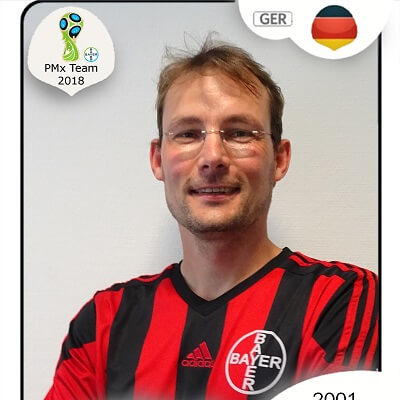Open Systems Pharmacology
PK-Sim® and MoBi® for PBPK and Quantitative Systems Pharmacology
Reliable, powerful and easy-to-use modeling & simulation tools for pharmaceutical and other life-sciences applications. Qualified and accepted by the scientific community including academia, regulatory agencies and industry. Available free to everyone.
Essentials
News & Release
WORKSHOP AT ACOP COLORADO.
Join ESQlabs at the ACoP Conference in Colorado Building Scalable PBPK-QSP Models - Modularization in MoBi for OSP Suite V12.
Open Systems Pharmacology Suite - Version 12 Update 1
We are pleased to announce the new release of the OSP Suite Version 12 Update 1 which is now available for download.
Save the Date: OSP Community Conference 2025
In Paris September 29th and 30th
Tutorials
Online courses by esqLABS
Over 30 real-world examples in PK-Sim® and MoBi® as well as simulations in R following best practices with free access to academia.
Introduction to PBPK modeling with PK-Sim®
This introduction video describes the very basic steps required to build a PBPK model with PK-Sim® using Morphine as an example.
PBPK model building
This tutorial demonstrates how to build a simple PBPK model of ciprofloxacin. Learn how to optimize parameters based on observed PK and mass balance information following intravenous and oral administration.
Comparing simulations and building blocks in PK-Sim® and MoBi®
This tutorial presents how to compare two simulations of the same molecule with respect to their input parameter values and quickly determine differences. Also learn how to determine which simulation parameter values may differ from the original building block used to create the simulation.
Age-dependence of PK
Using morphine as an example, learn how to build pediatric PBPK models. Starting with optimization of an adult PBPK model for morphine, learn to build individual children and populations of children and compare their PK results to adults.
How to Build a PBPK/PD Model
This tutorial introduces the fundamental concepts of PBPK/PD modeling with a special focus on practical implementation in a typical PBPK model building workflow.
Favorites in PK-Sim® and MoBi®
Spending too much time trying to locate a specific parameter? Favorites is a powerful feature to help you be more efficient. This tutorial teaches you all you need to know about them.
Model drug-drug interaction in PK-Sim®
This tutorial presents a step-by- step guide on how to setup a fully mechanistic drug-drug interaction model in PK-Sim®.
Customizing chart settings in PK-Sim® and MoBi®
This tutorial presents some advanced chart customization features using chart settings and templates. Chart templates can be saved and reused to streamline your modelling workflows in PK-Sim® and MoBi®.
Publications & Models
Models
Glucose Insulin Model
Scientifically exciting for diabetes researchers. Technically exciting for everyone with PBPK models of glucose, insulin, and glucagon coupled through non-mechanistic PD as well as systems pharmacology PD models.
Publications
Journal Publications
Growing list of scientific journal publications that relates to OSP or describes work with PK-Sim® or MoBi®. Add your own contributions and label them or others appropriately to further grow and structure this database.









